What is a disorganized attachment style? To put it succinctly, it is a painful internal struggle marred by constant dilemma. Have you ever felt like you really needed someone to be there for you? But you sabotaged the entire overture when someone tried to be there for you.
If the answer to the above question is in the affirmative or you have observed this in your partner or friend, knowing about the causes and signs of a disorganized attachment style in relationships can help you in many ways.
To know more about disorganized attachment dating, we talked to emotional wellness and mindfulness coach Pooja Priyamvada (certified in Psychological and Mental Health First Aid from Johns Hopkins Bloomberg School of Public Health and the University of Sydney). She specializes in counseling for extramarital affairs, breakups, separation, grief, and loss, to name a few.
What Is Disorganized Attachment In Adults?
Table of Contents
According to Pooja, “When an adult has no clear way of developing attachment in their relationships, it is termed disorganized attachment. This leads to inconsistency, fear of commitment, and a rather harmful emotional mess.”
There are three types of insecure attachments – ‘anxious’, ‘avoidant’, and ‘disorganized’. Insecure disorganized attachment (also known as ‘fearful-avoidant’) is a combination of ‘anxious’ and ‘avoidant’. This means that an individual not just feels anxiety when they are thinking about attachment but also resists it. That does not mean a holistic rejection. It is a curious double-bind – they seek in the first place to reject it later.
Signs Of Disorganized Attachment
Disorganized attachment in adults manifests as an inability to regulate emotions, deep fear, insecurity, low self-worth, aggressive behavior, or even depression. People with an insecure disorganized attachment are prone to intense, volatile, and abusive relationships. Let’s look at more such signs of a disorganized attachment style:
1. Push and pull dynamic
What are the signs of a disorganized attachment partner? Pooja opines, “They may display a push and pull dynamic. They want to be in a committed and loving relationship but have a deep fear of being abandoned.”
Related Reading: Push Pull Relationship – 9 Ways To Overcome It
People with a disorganized attachment style swing between mood extremes. One moment, they are extremely trusting. The next moment, they are cynical. One moment, they would show enthusiastic interest. The next moment, they would withdraw completely and act cold and ignorant.
2. Trust issues
A disorganized attachment partner has a lot of trouble establishing trust because they feel that rejection or hurt is inevitable. Pooja points out, “They have trust issues, get insecure and hence are always suspicious of their partners.”
Disorganized attachment in relationships is marked by a deep fear of intimacy. Such people want to be loved deeply but are scared that their close ones will end up betraying or abandoning them. So they build walls to resist that sentiment and are very hesitant to let their guards down. They feel that no one is worthy of their trust.

3. Relationship hopper
What are some examples of disorganized attachment dating? Pooja answers, “People who keep hopping from one relationship to another and people who seem to have no concrete reasons for the breakup.” These behavioral patterns can be found to be synonymous with a disorganized attachment style in relationships.
She explains further, “If the disorganized attachment style is left untreated, it might result in the person achieving little to no stability in their relationships. That would bring additional trauma and grief from each of those breakups and non-closures.”
4. Inability to process emotions
People with a disorganized attachment style have a disassociated and fragmented sense of self. There is an absence of coherence in their social behavior. They are often unable to understand people’s emotions and hence they end up getting irritated, or in turn, misinterpret them.
This is why they have trouble developing intimate relationships that can give them a sense of comfort and safety. Disorganized attachment in romantic relationships is marked by a constant vigilance for categorizing situations as ‘safe’ or ‘unsafe’. This kind of polar behavior is harmful in the long run since life is rarely so neatly organized into separate boxes.
Related Reading: What Is Fear Of Commitment And How To Deal With It
5. Self-sabotaging nature
Self-sabotaging is one of the signs of a disorganized attachment in relationships. A person with a disorganized attachment style often ends a relationship before it is supposed to end because the slightest inconvenience triggers their fear of being hurt and abandoned.
People with a disorganized attachment style are extremely fearful of how they are seen and even stop responding to a potential partner owing to their fear of being rejected. In their minds, they imagine hypothetical situations, due to which they feel shame and embarrassment, and based on such assumptions, they step back.
What Causes Disorganized Attachment?
What leads to a disorganized attachment style in relationships? According to Pooja, “It can be related to childhood trauma where the child was part of a dysfunctional family, witness to abuse or inconsistent relationships, or if their first relationships turned out to be toxic.”
“When parents or caregivers are not attentive to a child’s physical and emotional needs, it may cause disorganized attachment. An adult with a disorganized attachment style was probably a child who was not able to trust the adults around him/her while growing up.”
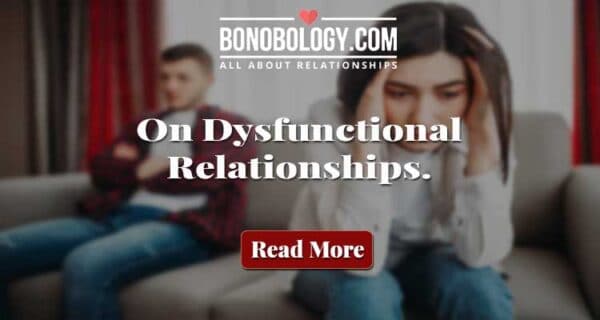
If children face physical, emotional, verbal or sexual abuse while growing up, it ends up causing a huge contradiction inside them. One part of their brains prompts that they are feeling fear and should hence reach out to their attachment figure to be soothed and comforted. But the other part tells them that their fear is induced by the attachment figure and hence they should get away from the source.
As a result, fear and love get all mixed up and this ends up creating internal chaos. And when they grow up, their subconscious tells them that fear is a natural and integral part of love (because it feels familiar) and someone who abuses them physically or emotionally probably loves them.
What To Do If You Or Your Partner Has A Disorganized Attachment Style
Disorganized attachment in romantic relationships can be intense, confusing, unpredictable, draining, and emotionally exhausting. If not worked upon, a disorganized attachment style can cause serious damage to mental health and even prompt borderline personality disorders. This is why Pooja advises, “One needs to work with a therapist, learn ways and means to change this behavior pattern.”
She also adds, “If you have a partner with a disorganized attachment style, remember, their struggle to bond or trust stems from an earlier trauma. It’s also important not to internalize their actions because doing so, will only further validate their fears. Instead, listen to what their fears and insecurities are, and join them in challenging these automatic thoughts.”
Related Reading: Expert Suggests 7 Ways To Help Someone With Trust Issues
Is a disorganized attachment style preventable? Pooja says, “Not by the individuals themselves but if families and adults are more responsible and attentive toward any child they are responsible for, they can make the child’s future better in terms of a relationship.
“Parents need to be present for their children irrespective of their own life experiences. The children must have a few trustworthy and reliable adults in their lives. Also, it is better to keep the communication open and frank.”
Finally, the most important tip for a person with a disorganized attachment style is to choose people who are kind, reassuring, trusting, and reliable. This will make them feel safe, secure, and at home. If they choose emotionally unavailable people, it will just trigger their fears even more. How do we help them make such healthy choices? Our counselors from Bonobology’s panel, including Pooja Priyamvada, can help you in changing your behavior patterns and prompt healing from childhood trauma.
FAQs
An example of a disorganized attachment style could be shouting at a child or ignoring him when they cry. This sends a message to the child that their attachment figure is either someone they are supposed to fear or is emotionally unavailable.
Yes, both the terms have the same meaning. The term ‘disorganized-attachment’ is sometimes used for children and ‘fearful-avoidant’ is used synonymously for the same insecure attachment style in adults.
Yes, sometimes attachment patterns change as a coping skill. If people find themselves in the same stressful situation subsequently, they might develop coping skills to avoid these situations. So, attachment style can change from anxious to avoidant attachment.
Ambivalent Attachment Style – How Does It Harm Your Relationship?
6 Couples’ Experiences On How Talk Therapy Helped Their Relationships
Your contribution does not constitute a charitable donation. It will allow Bonobology to continue bringing you new and up-to-date information in our pursuit of helping anyone in the world to learn how to do anything.



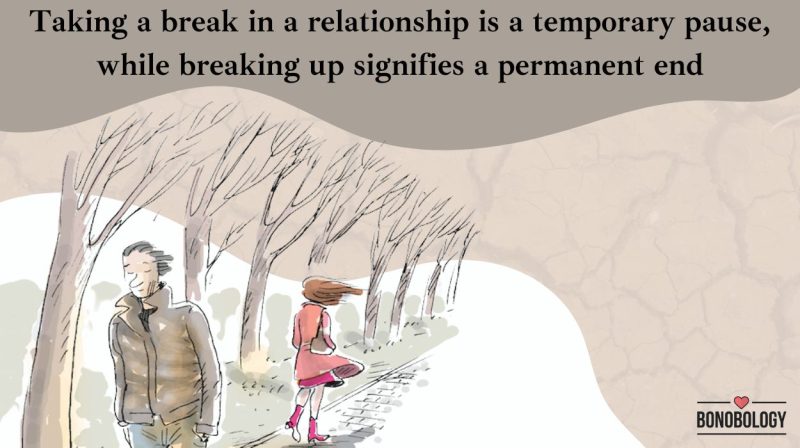
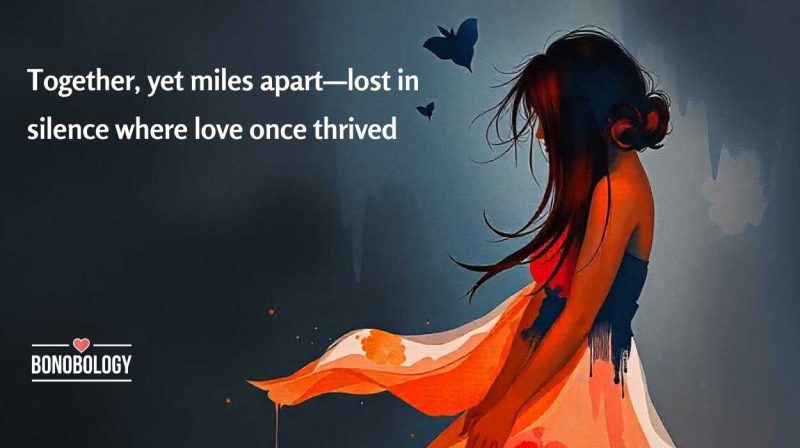

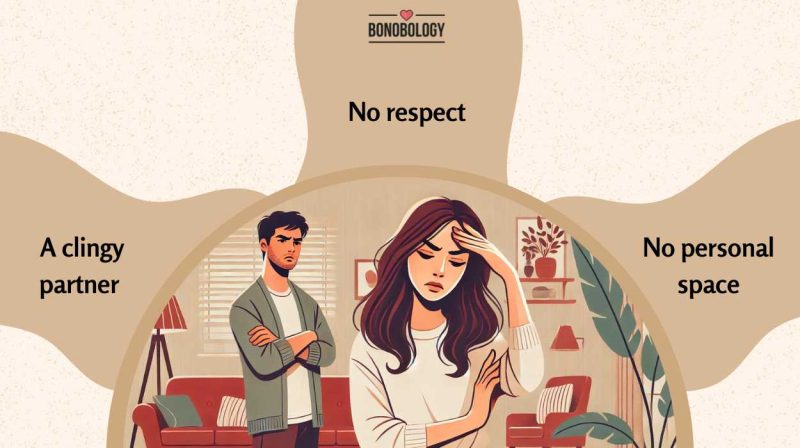
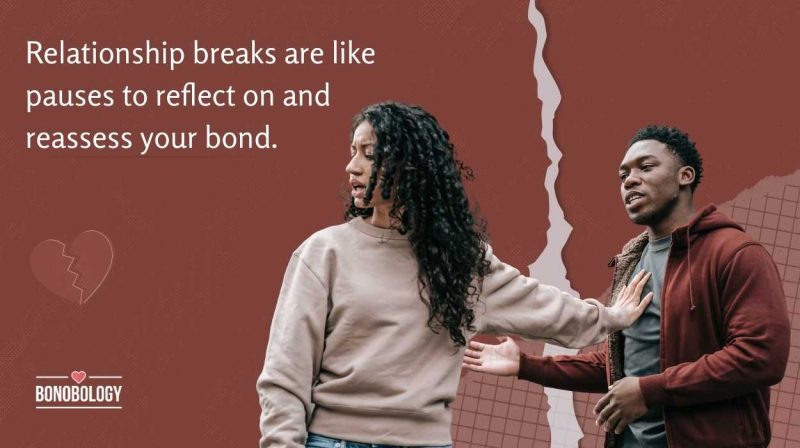
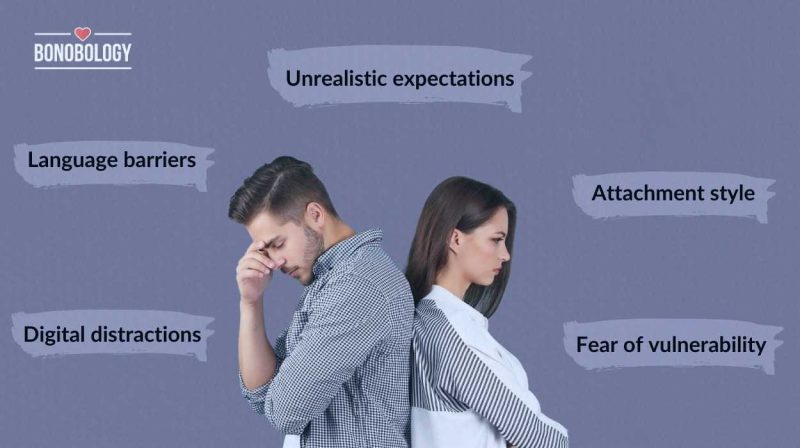

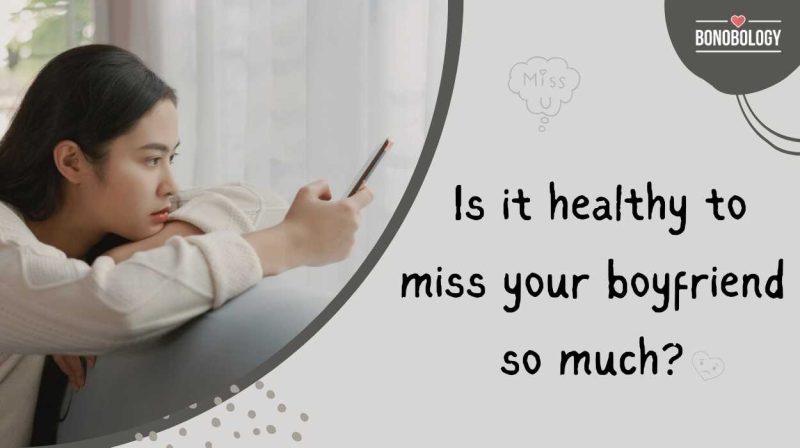
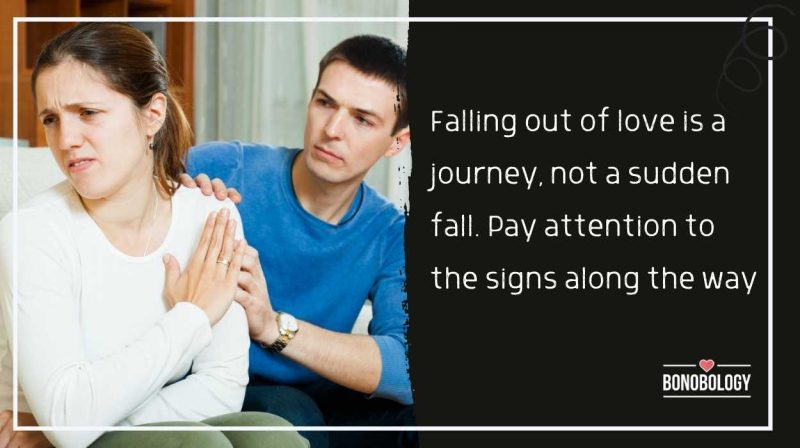
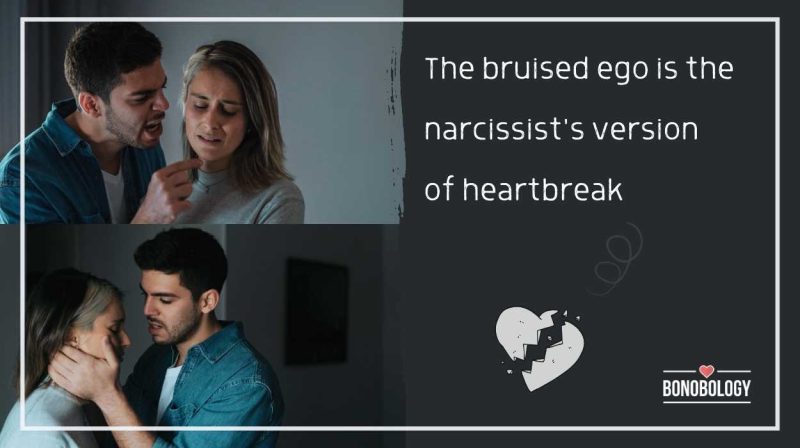
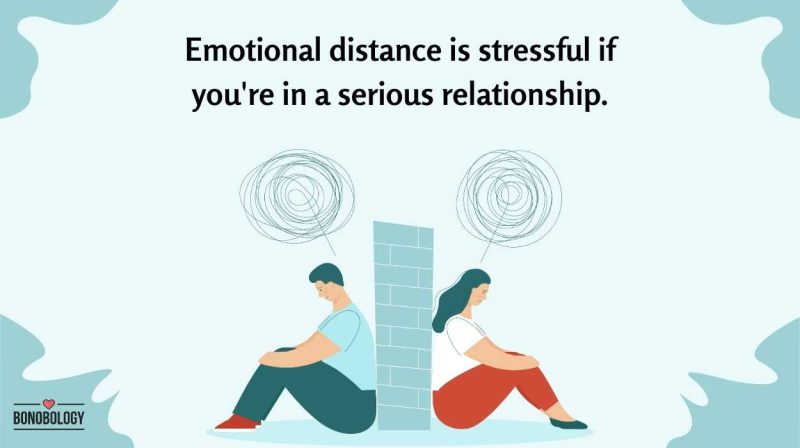
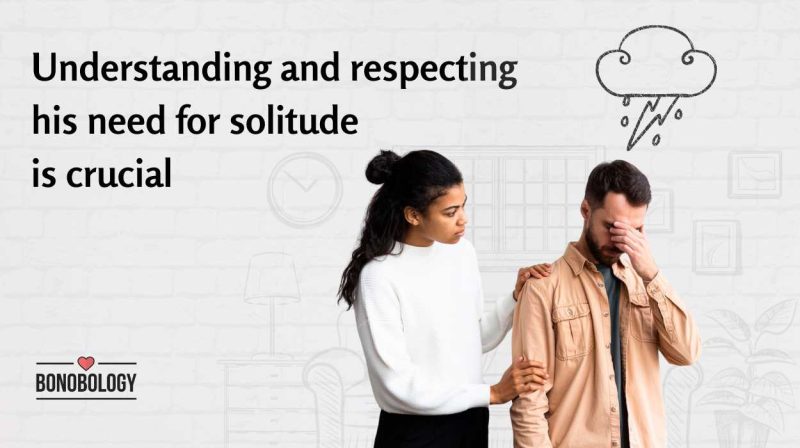
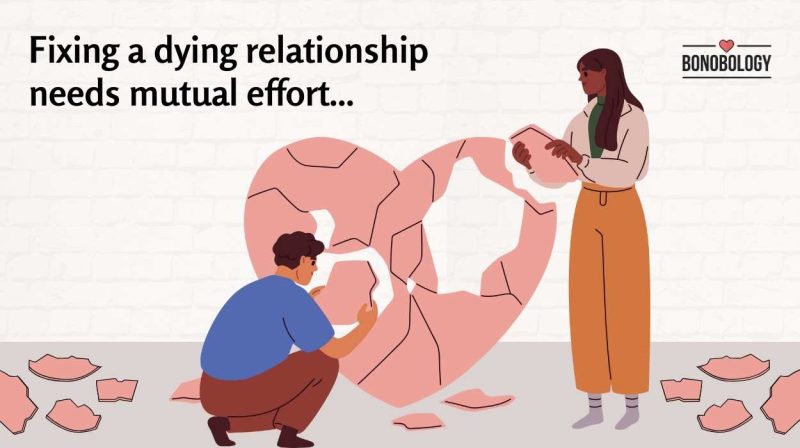
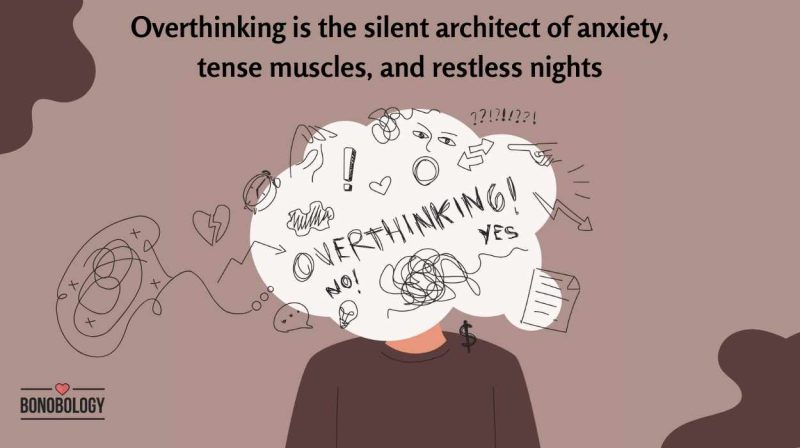

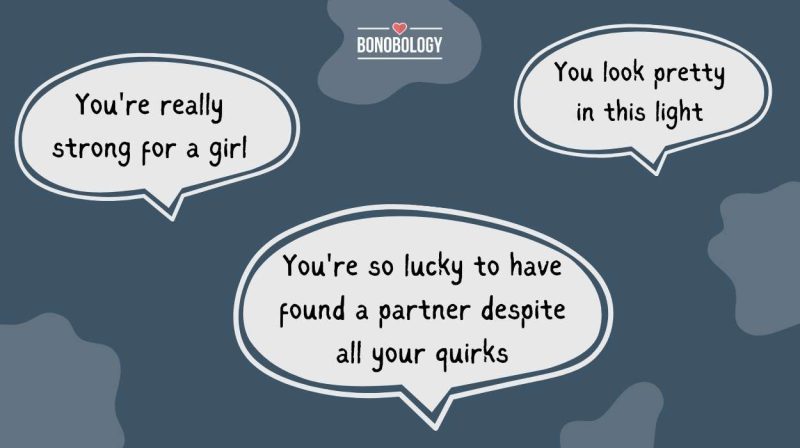
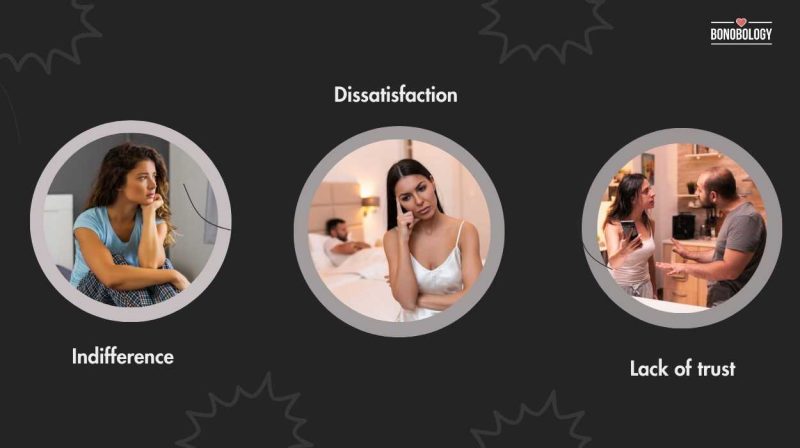
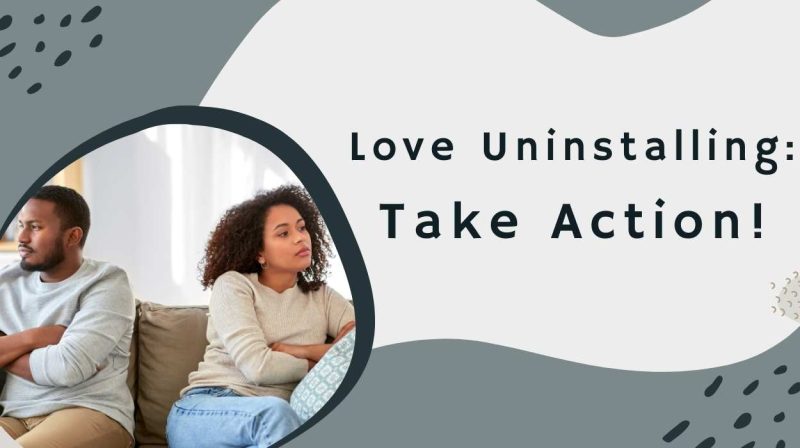

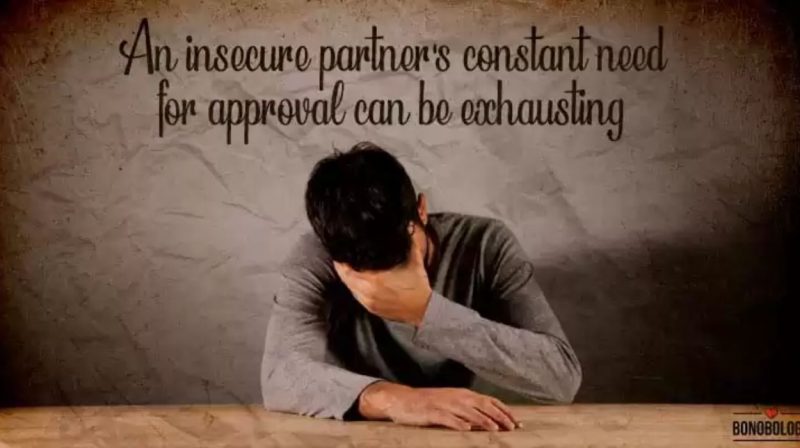
Featured
What Is A Break In A Relationship And How To Navigate It
Emotional Abandonment In Marriage: Signs, Causes, And Ways To Cope
15 Signs That Your Girlfriend Isn’t Sexually Attracted To You
Feeling Suffocated In A Relationship: Reasons, Signs, Ways To Deal
How Long Should A Relationship Break Be? A Therapist Answers
Why Do I Struggle To Communicate With My Partner? An Expert Answers
Will He Come Back After Silent Treatment? 15 Ways To Make Sure He Does
Why Do I Miss My Boyfriend So Much: Reasons And Ways To Deal
21 Clear Signs She Doesn’t Want A Relationship With You
How Narcissists Treat Their Exes — 11 Common Things They Do And How You Can Respond
Emotional Distance: Meaning, Causes, Signs, And Ways To Fix
My Boyfriend Is Grieving And Pushing Me Away: Tips To Cope And Comfort Your Man
What To Do When Your Relationship Is At Breaking Point?
Am I Overthinking Or Is He Losing Interest? 18 Signs To Help You Identify
Discover Your Worth: 13 Ways To Feel Loved And Appreciated
23 Backhanded Compliment Examples in Everyday Life That Are Actually Insults
11 Things That Happen When A Woman Shuts Down Emotionally – And How To Reconnect
15 Signs Of Emotional Detachment In Your Relationship
How To Not Be Jealous In A Relationship – 15 Expert Tips
11 Ways An Insecure Partner Drains A Relationship And 5 Ways To Fix It